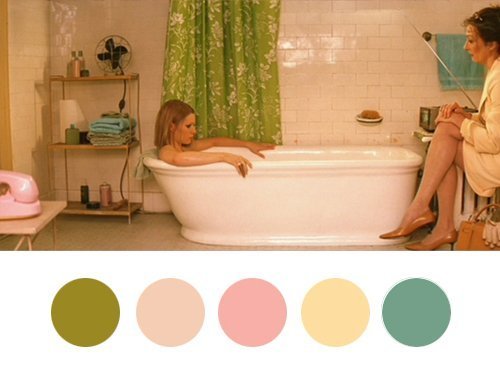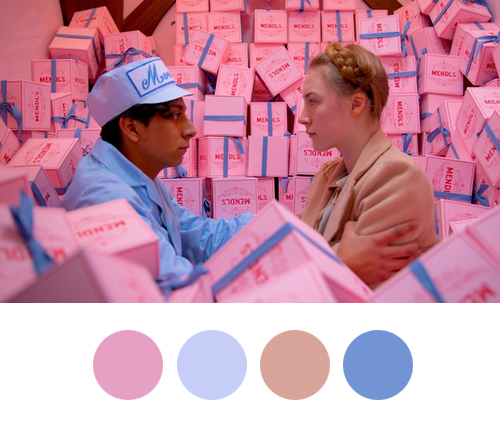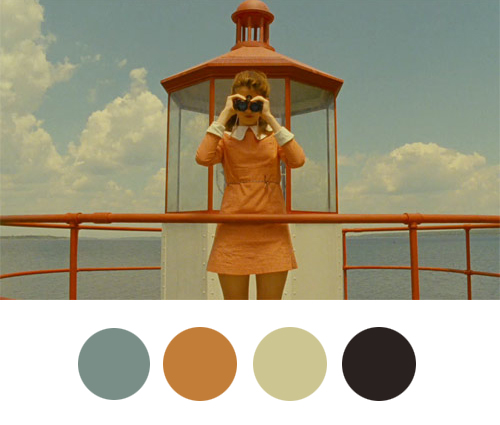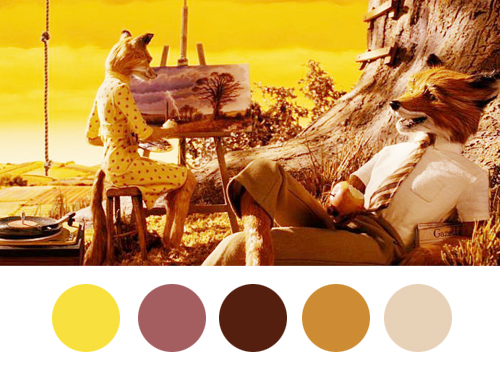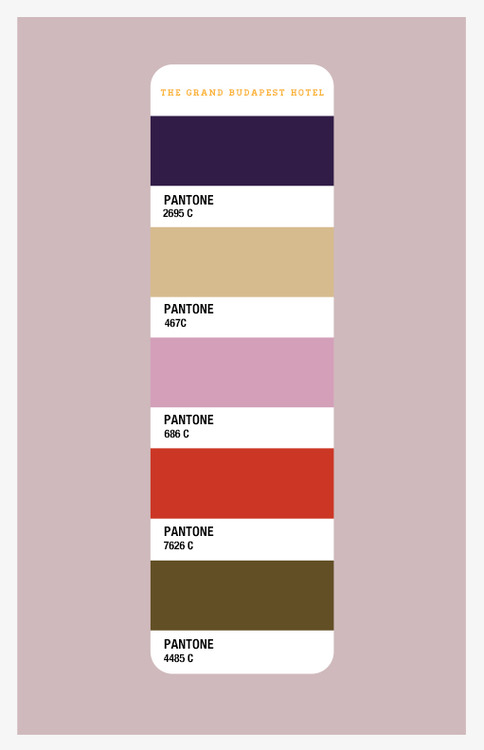Abject – without pride or dignity, self-abasing, low, unhopeful, scummy, miserable.
Beautiful– attractive, pretty, pleasing, good looking.
Today we see both the body beautiful and the abject body all around us. Blood, vomit, urine, faeces, saliva. We come across the abject body much more now than ever before. On social media sites such as tumblr and facebook we see cuts, bruises and blood. On a Saturday night we see vomit on street corners and even in the Ferens art gallery during the 3AM exhibition we see people pissing on the street as a form of art.
Writer of the book ‘Powers of Horror’ the abject refers to the human reaction to a threatened breakdown in meaning caused by the loss of the distinction between subject and object or between self and other.
The abject body is where the boundaries of the body are crossed, internal becomes external.
Bodily fluids are essential to human function but when they cross the bounders of the skin they become a problem to us. The basic functions of the body are hidden away we are almost in denial that blood, urine, tears, saliva, faeces, semen and vomit are a part of being human.
The perfect example of the abject that my tutor used. We swallow our own saliva all the time without giving any thought at all. But what if we were to spit into a cup rather than swallowing, then once the cup is full drink our saliva. I disgusting thought I agree but why? It is still the same saliva that we swallow all the time, is it just that it has been removed from our body?
Religion

Pedro Da Mena – Christ as the man of sorrows – 1673

Pedro Da Mena – Christ as the man of sorrows – 1673 close up

Grunewald- The crucifixion from the Lseheim altarpiece – 1515
The abject body is shown in religion all the time. Christ nailed to a cross by his hands and feet, blood pouring from his body, but I don’t feel repulsed by these images as I do by the idea of drinking a cup of my own spit. Maybe because it’s an image that is accepted and seen frequently in galleries, tattoos and around peoples necks in the form of jewelry.
War

Chapman Brothers – Disasters of war, 1993

Two soldiers in pit – Don Mccullin
The Chapman Brothers created a series of small scale sculptures titled Disasters of War.
These sculptures showed hanging, torture and generally horrible scenes of violence. The small sculptures were done in almost a playful way they looked like they could be a child’s toys. On the other side we have the very serious and hard hitting photographs of war by Don Mccullin. Mcculin shoots all of the horrors of war, dead and injured solders and families. To me the Chapman Brothers is the most shocking even though there are no real lives lost. The childish way that they have shown the abject body seems almost disrespectful and horrid.
Body as Caracas

Sally Mann – Body Farm Series – 2000-01

Dying Aids Patient- Benetton – 1992
Sally Mann and Benetton have shown the the body as a caracas. It is quite shocking to see a lifeless body it is something that isn’t often shown and hardly even spoke about.
What are the ethical problems of making work about the abject body?
Making art about the abject body can clash with many ethical problems. Is it okay to photograph or paint the body as a caracas? One example of this moral and ethical problem comes from photographer Kevin Carter.
Carter captured this famous photograph of a starving child in South Sudan being watched by a lurking vulture in March 1993.

He said that the high pitched whimpering sound of a toddler near the Ayod village attracted him. The girl was taking a rest while struggling to get to a feeding center. He confessed that he waited 20 minutes for the vulture to fly away and when it didn’t, Carter snapped the haunting photograph and chased away the vulture. (The girl’s parents had left her to pick food from a UN plane nearby.)
This image won Carter the Pulitzer Prize but he regretted not helping the child. He was haunted by questions about what happened to the girl. He told an interviewer that after this he smoked cigarettes under a tree and cried.
3 months after receiving the prize Carter committed suicide.
A note was found in which he had written:
“I am depressed … without phone … money for rent … money for child support … money for debts … money!!! … I am haunted by the vivid memories of killings and corpses and anger and pain … of starving or wounded children, of trigger-happy madmen, often police, of killer executioners…I have gone to join Ken if I am that lucky.”







